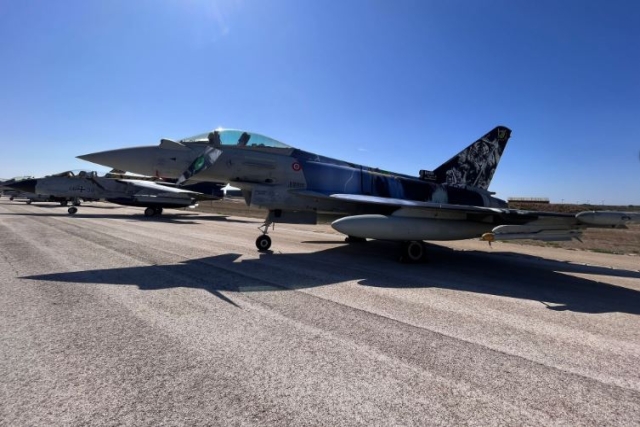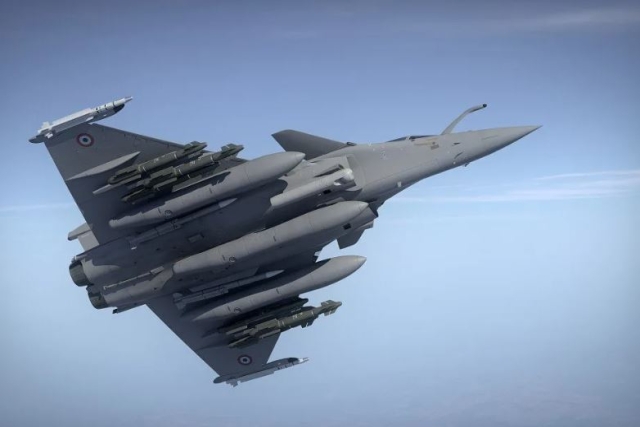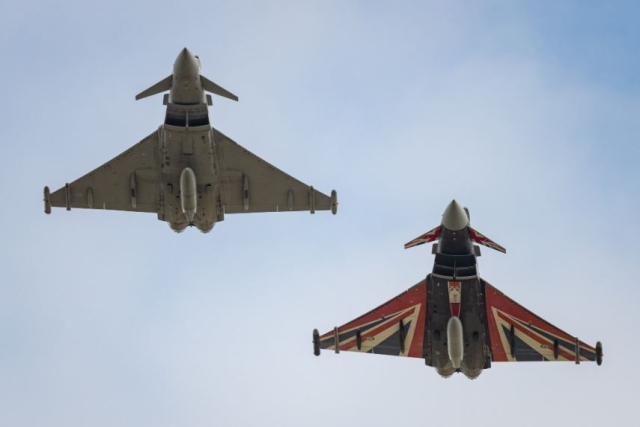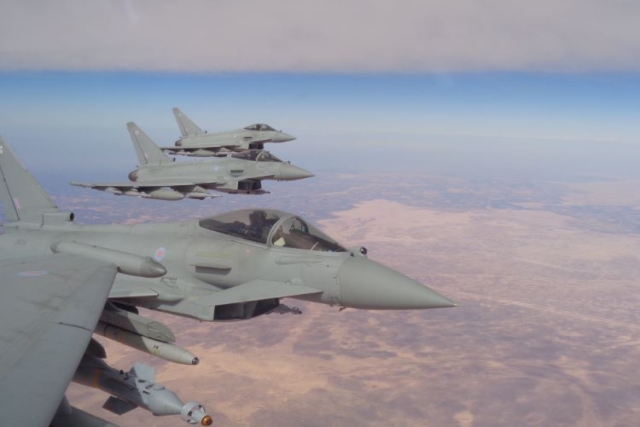Indra’s Technology to Ease Eurofighter Maintenance
Indra claims its technologies will strengthen operability of Spanish fighters

Indra is developing the Portable Maintenance Data Store (PMDS) system, poised to revolutionize how Eurofighter aircraft data is captured, analyzed, and utilized to ensure optimal performance and safety.
PMDA can capture essential data from Eurofighter systems during flight. This real-time data collection process begins upon landing, and the data is transmitted wirelessly to the Sherpa system, a custom-built solution meticulously crafted to meet the stringent requirements of the Air and Space Force.
Sherpa, powered by artificial intelligence, emerges as a pivotal player in the aircraft maintenance ecosystem. It proactively scans incoming data to identify potential failures or issues, delivering this crucial information to specialists in real-time via smartwatches and tablets positioned near the runway. This swift and accurate communication empowers maintenance professionals to take immediate action, thereby enhancing aircraft safety and operational readiness.
Upon specialist confirmation of identified faults, the data is seamlessly transferred to the Maesweb maintenance system of the Air and Space Force Armories. What sets this process apart is the innovative integration of augmented reality glasses, which capture supporting evidence of identified issues, creating a comprehensive digital record. This meticulous approach ensures that all diagnostic activities are thoroughly documented and shared with subsequent maintenance levels, effectively preventing any loss of vital knowledge.
During the ongoing Connected, Sustainable, and Intelligent Air Base (BACSI) technology demonstration sessions in Albacete, taking place from October 18 to 20, Indra is showcasing a futuristic vision aimed at preparing Spanish air bases for an era in which artificial intelligence and data will be pivotal in ensuring maximum aircraft operability and extending their service life. Artificial intelligence is set to streamline planning, decision-making, and resource utilization in an environmentally friendly manner.
This comprehensive maintenance operation is closely synchronized and reinforced by digital tools within the hangar. Each component, tool, and mechanic are precisely tracked and geolocated through electronic labels and tags, facilitated by a high-precision real-time location system (RTLS). This system enhances task planning, stock control, and assists mechanics in identifying missing resources.
Mechanics, equipped with Hololens augmented reality glasses, gain access to real-time, context-specific information about the systems they need to repair, along with the technical documentation necessary for guidance. These glasses also enable mechanics to request remote support from specialists who can view the same information—a feature particularly valuable during international missions.













